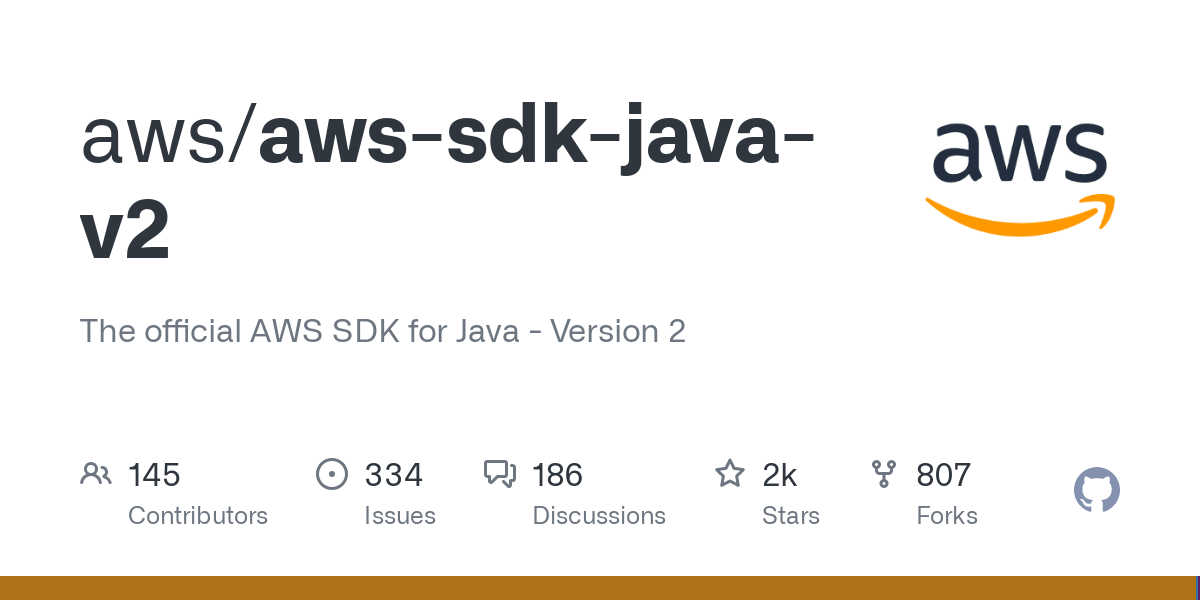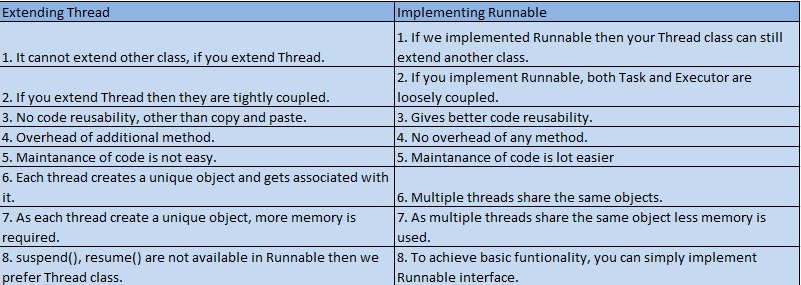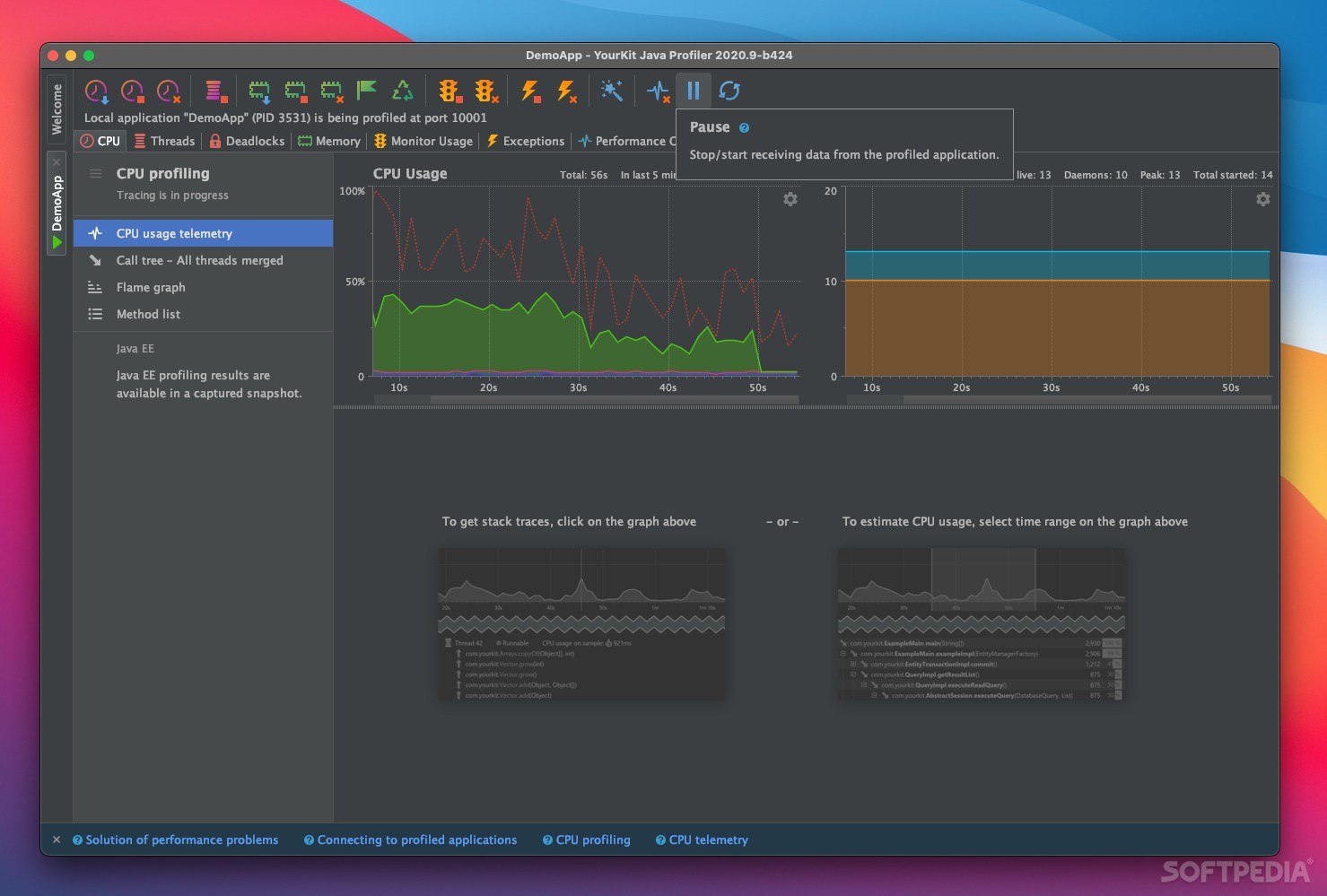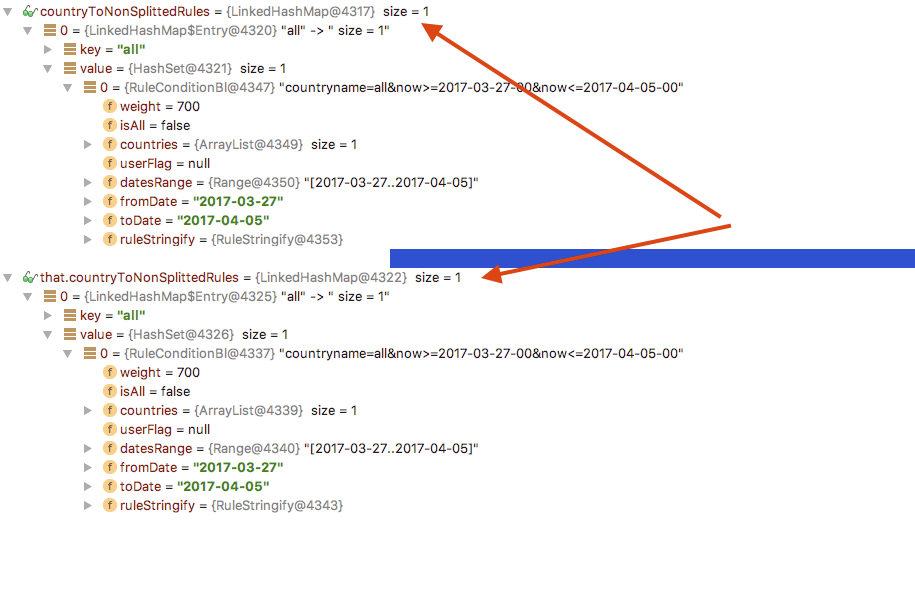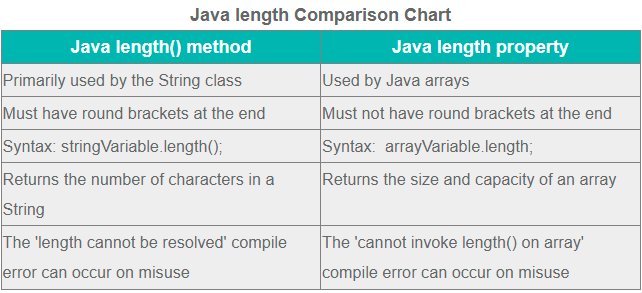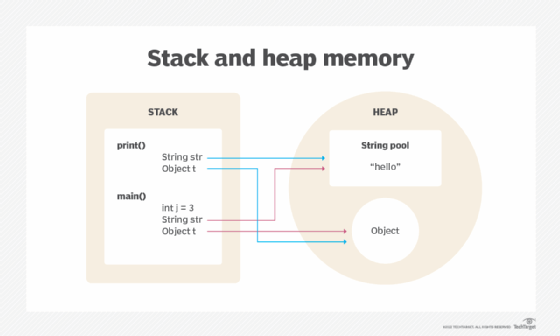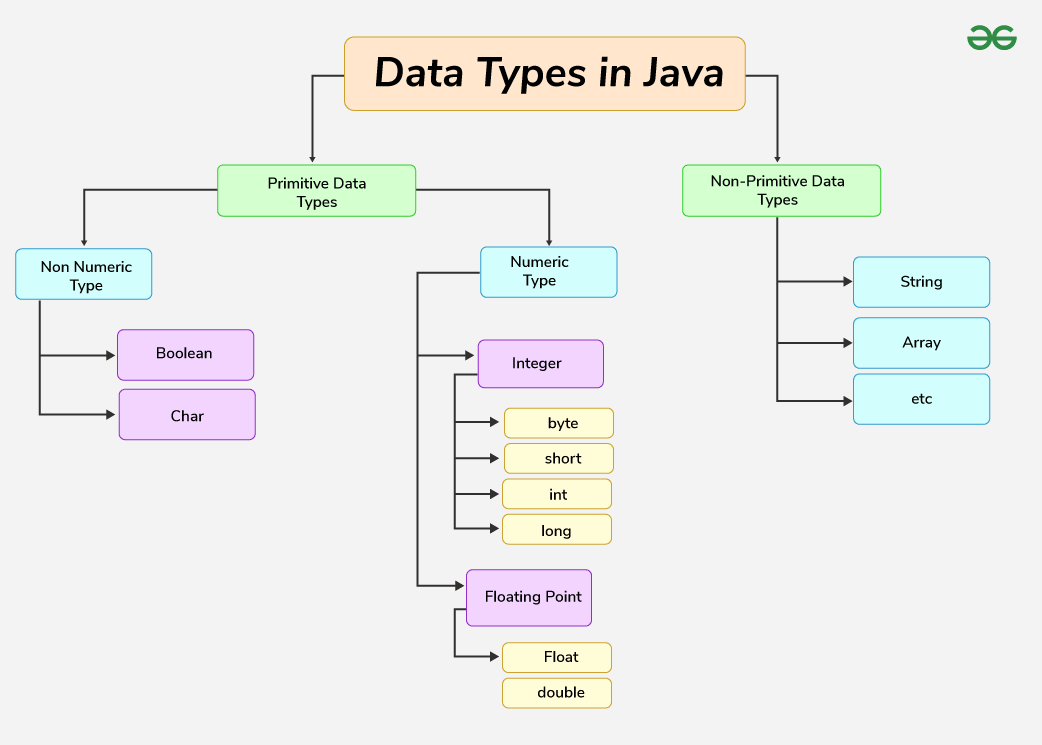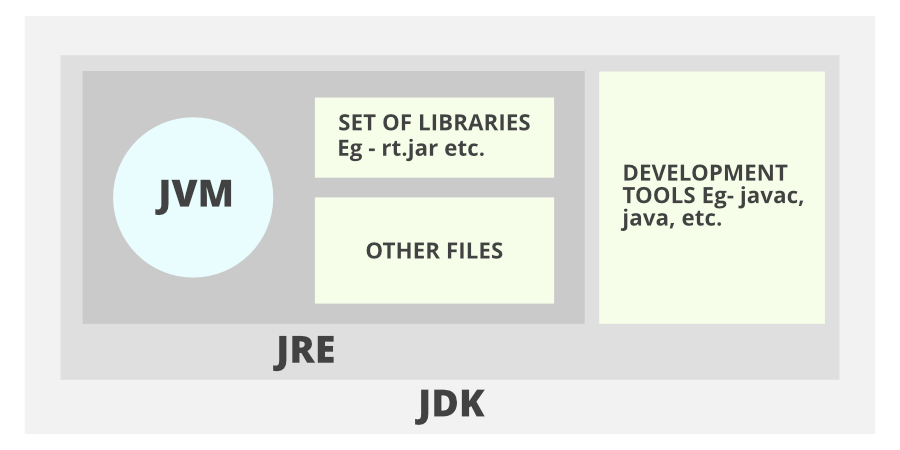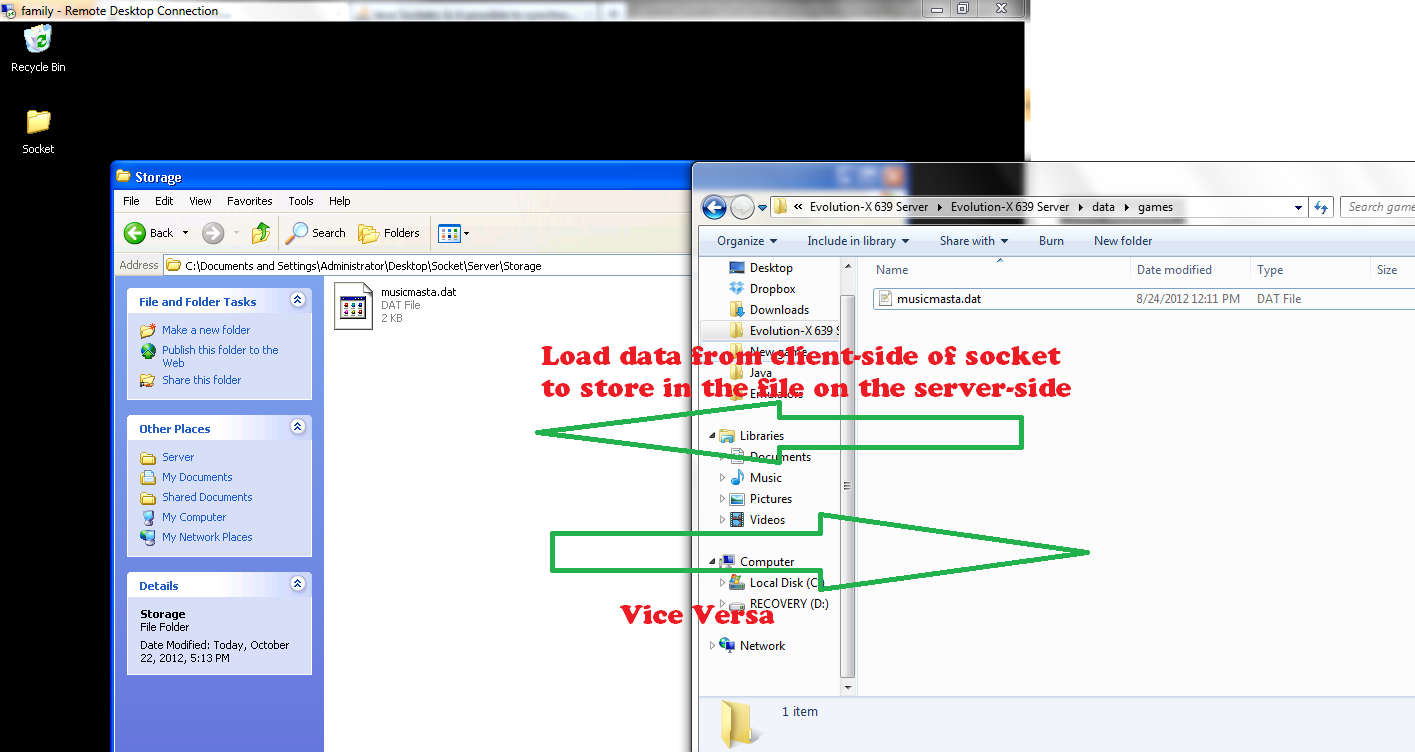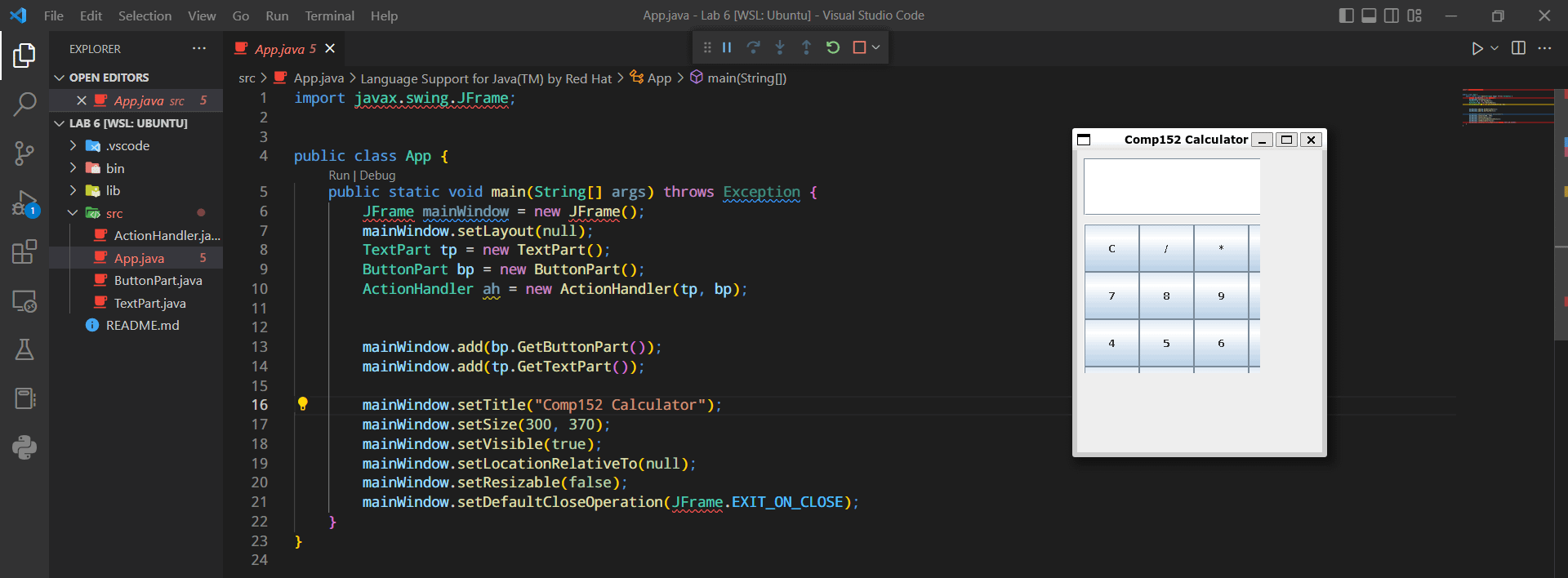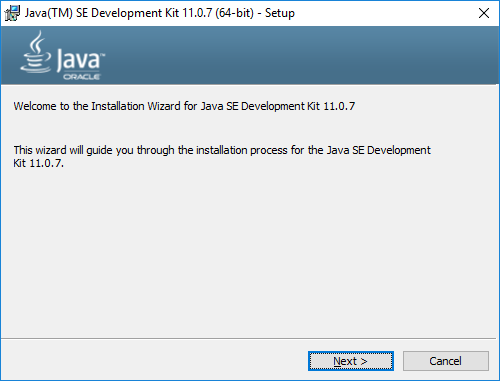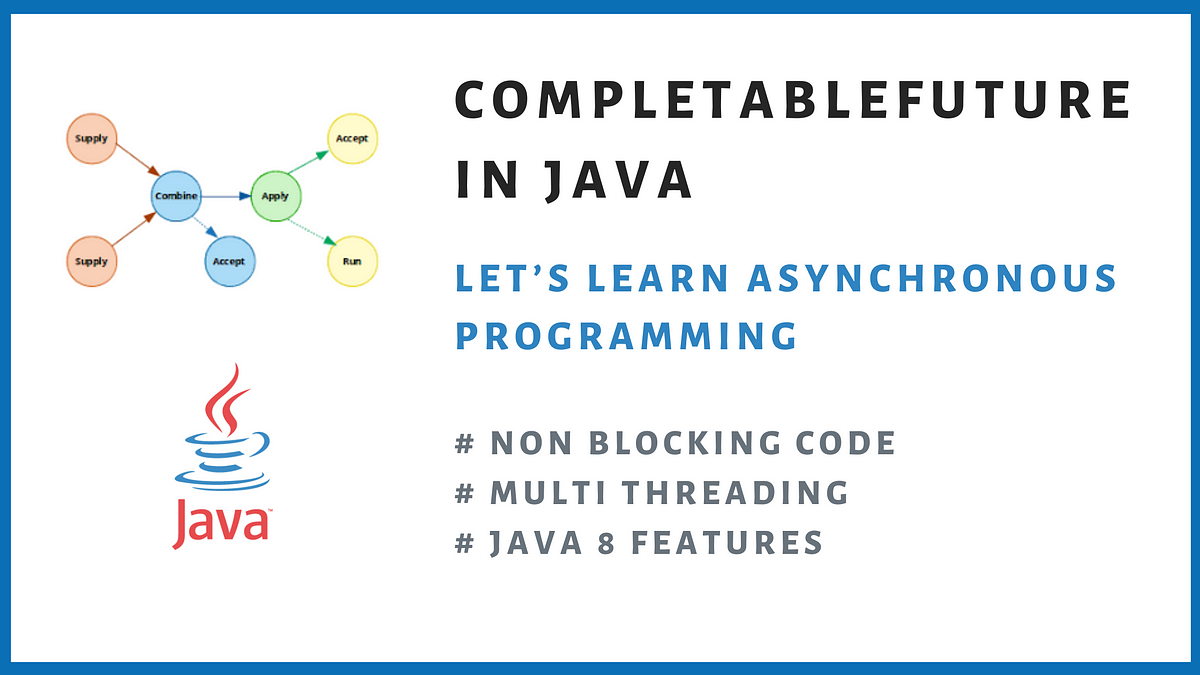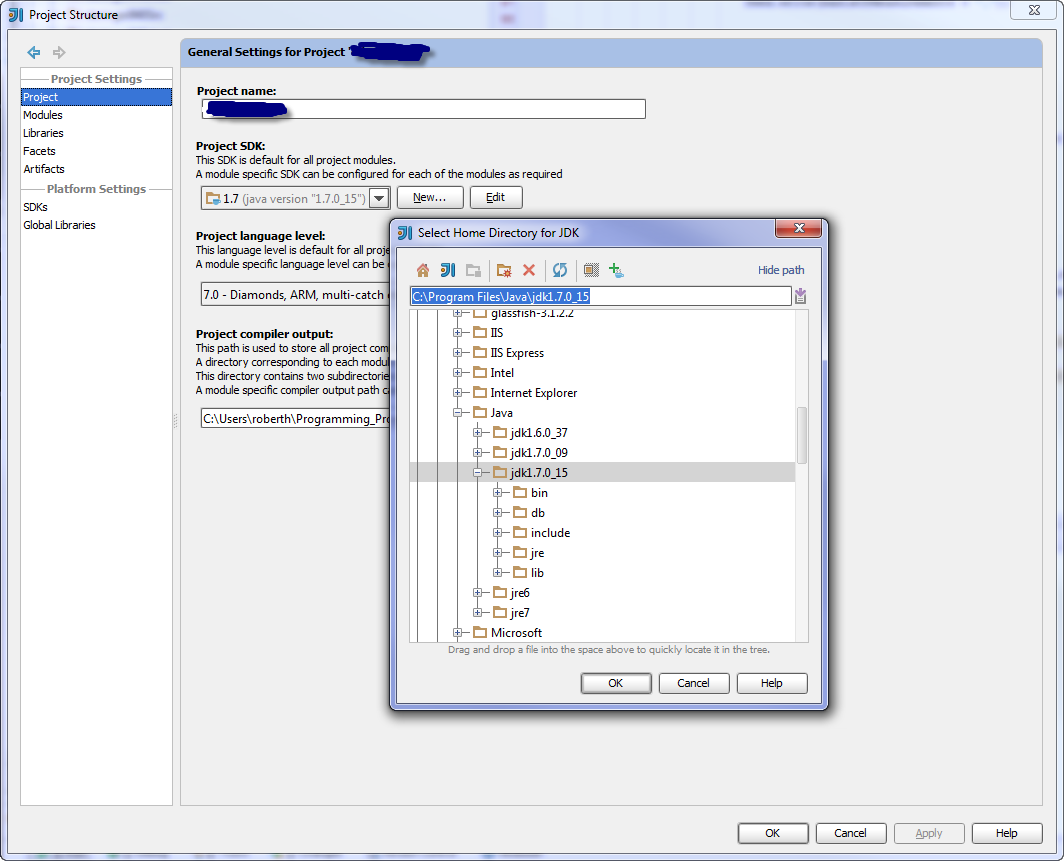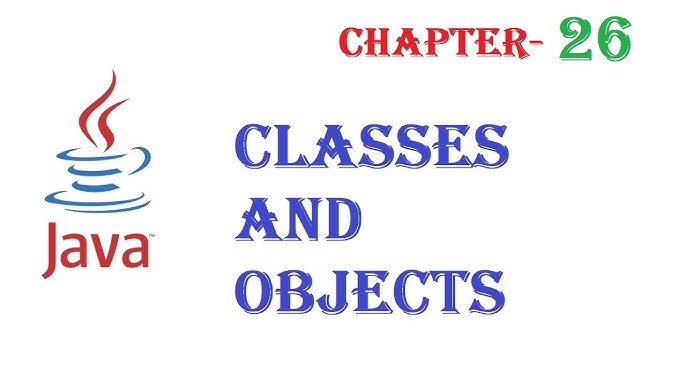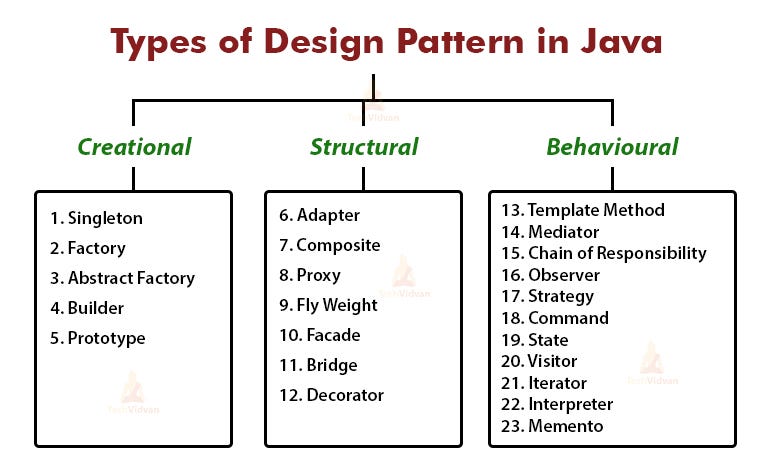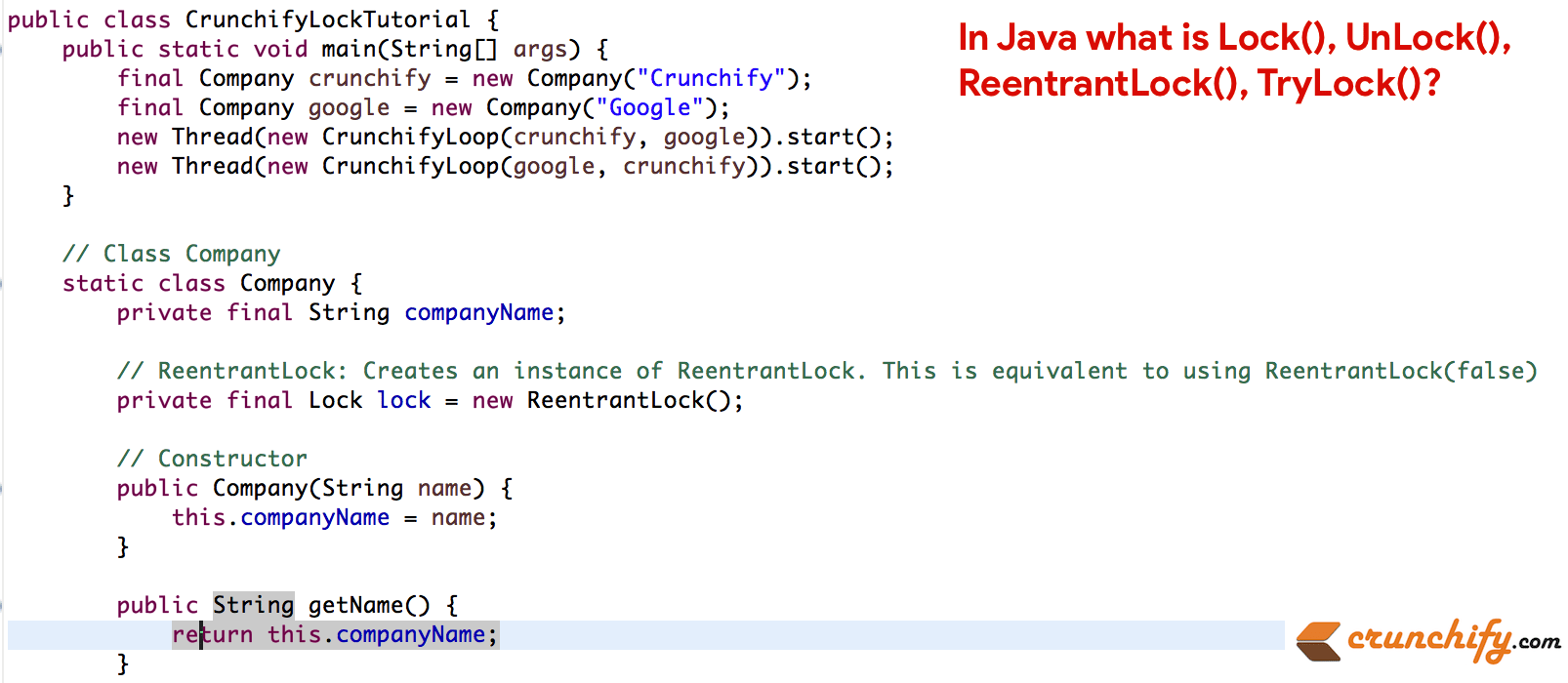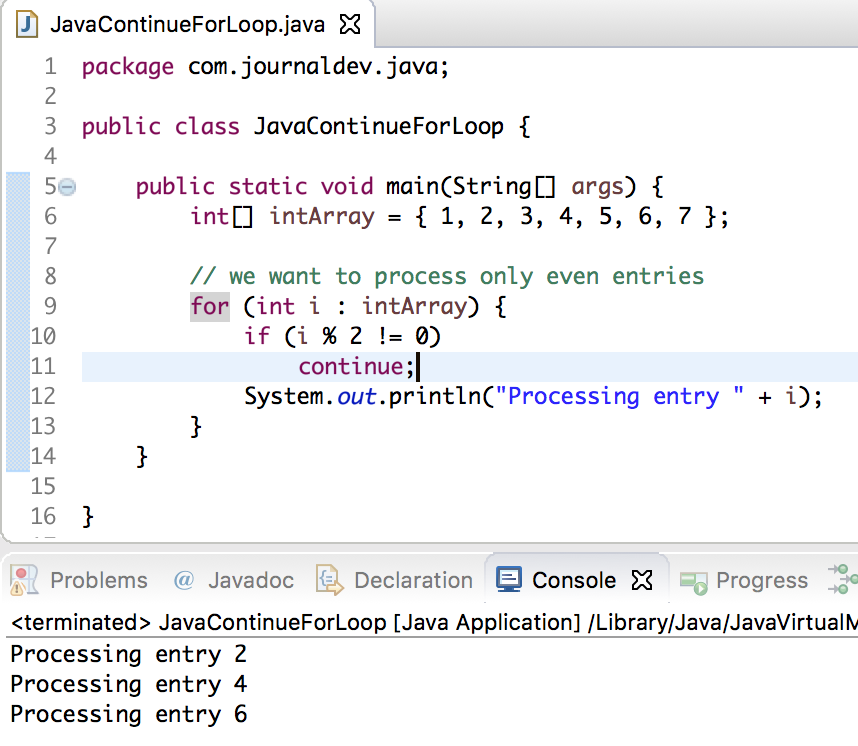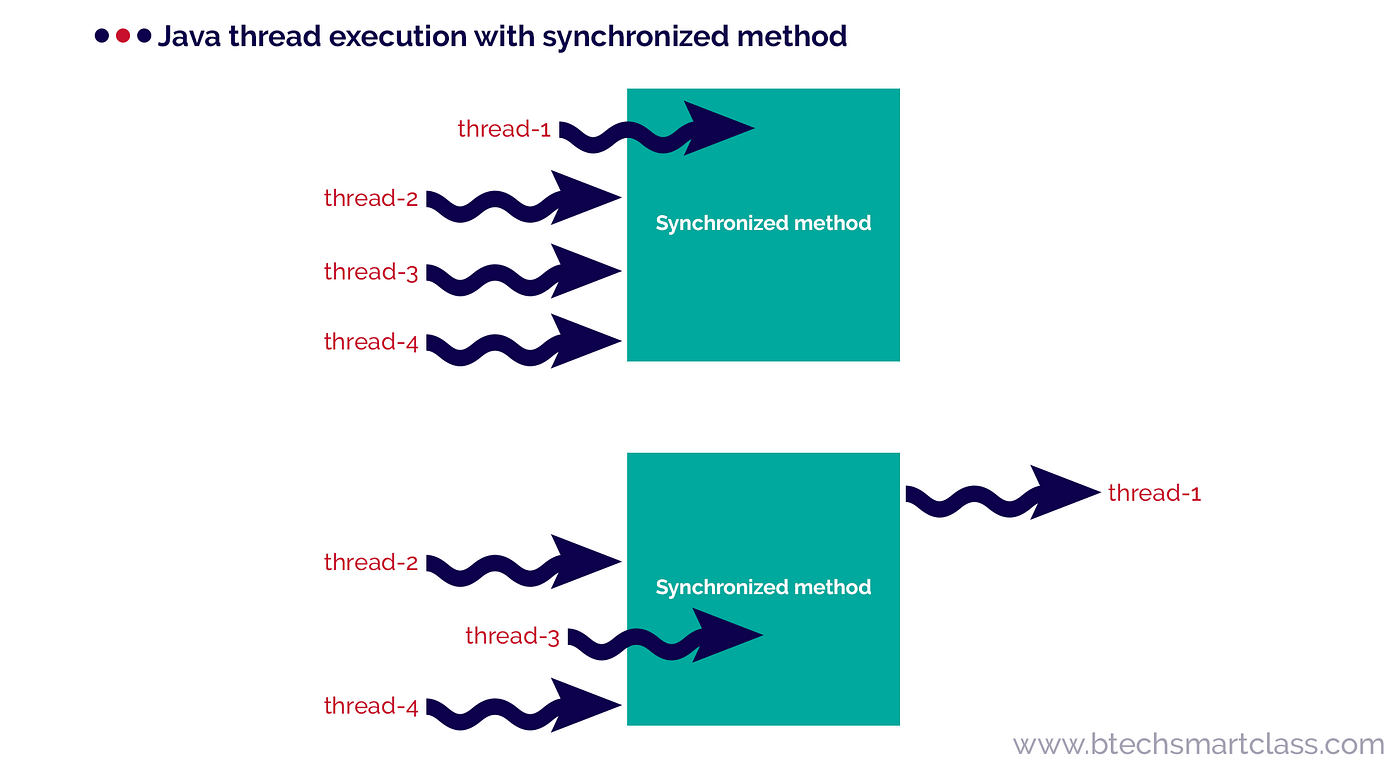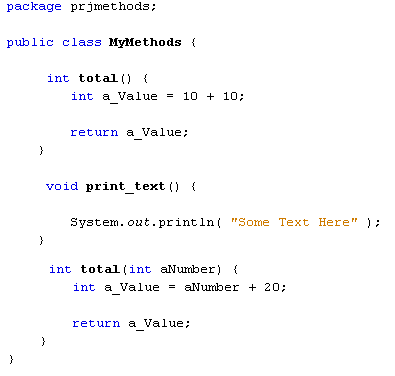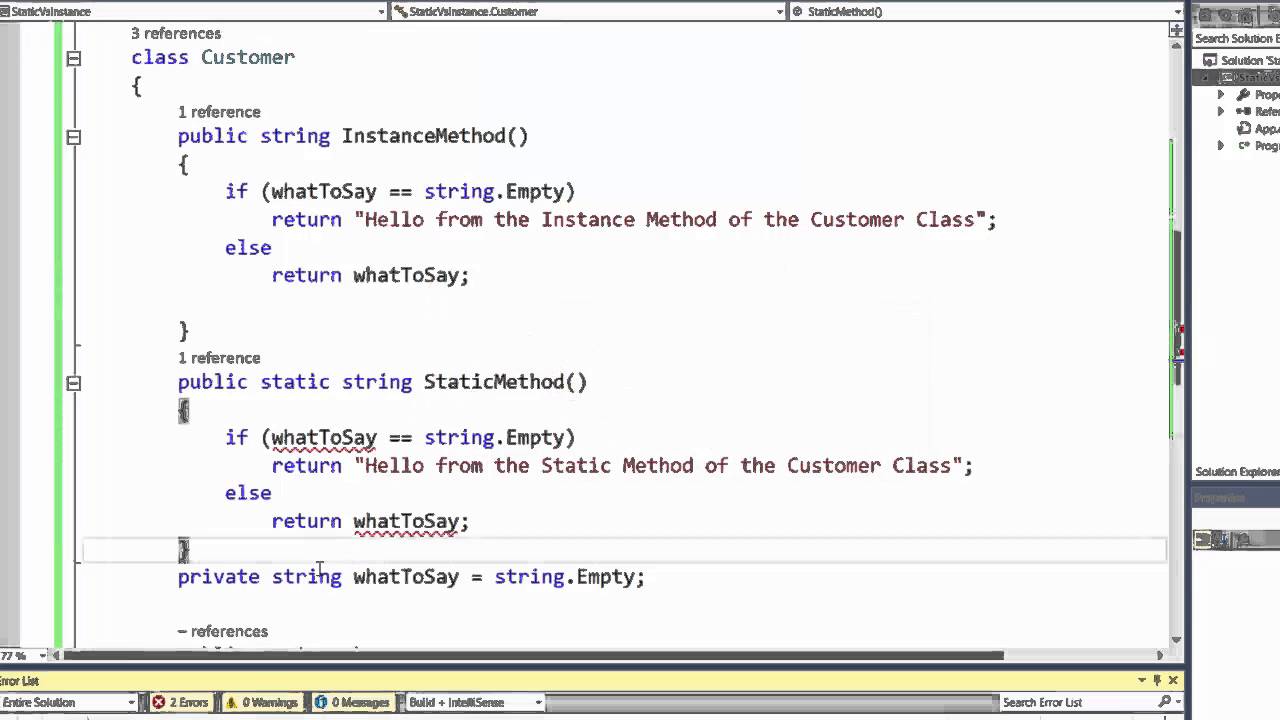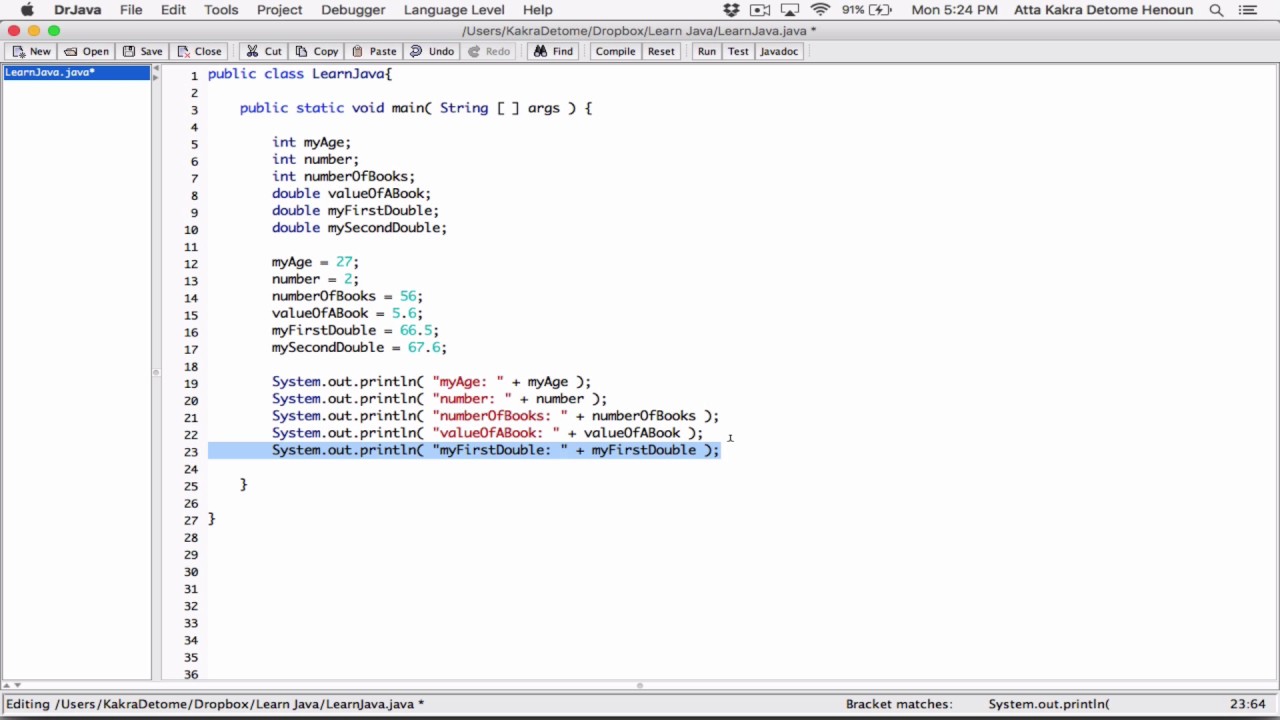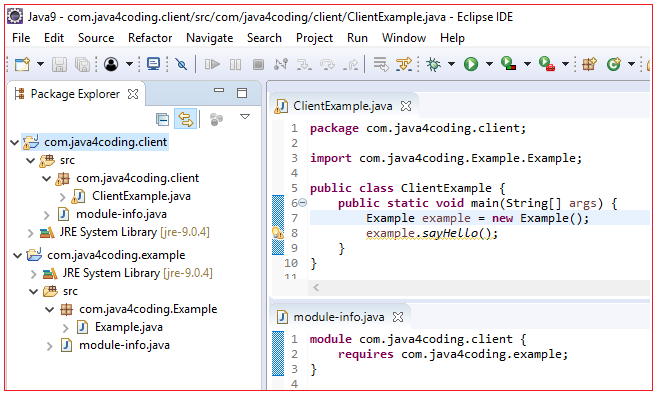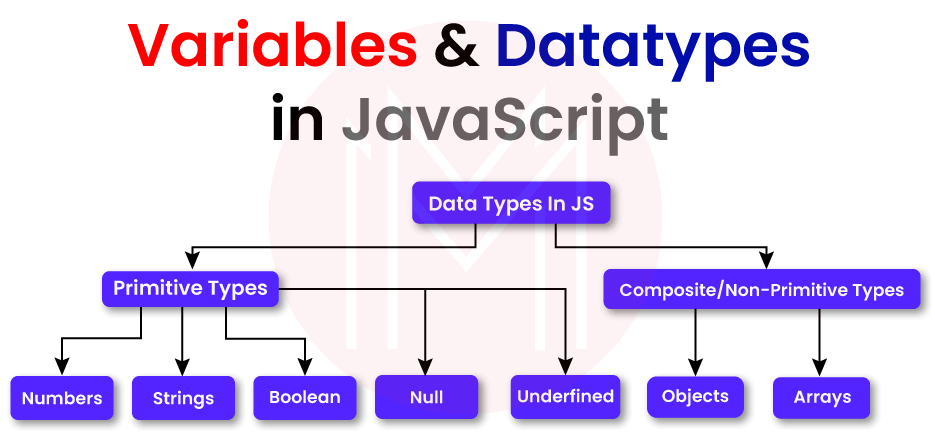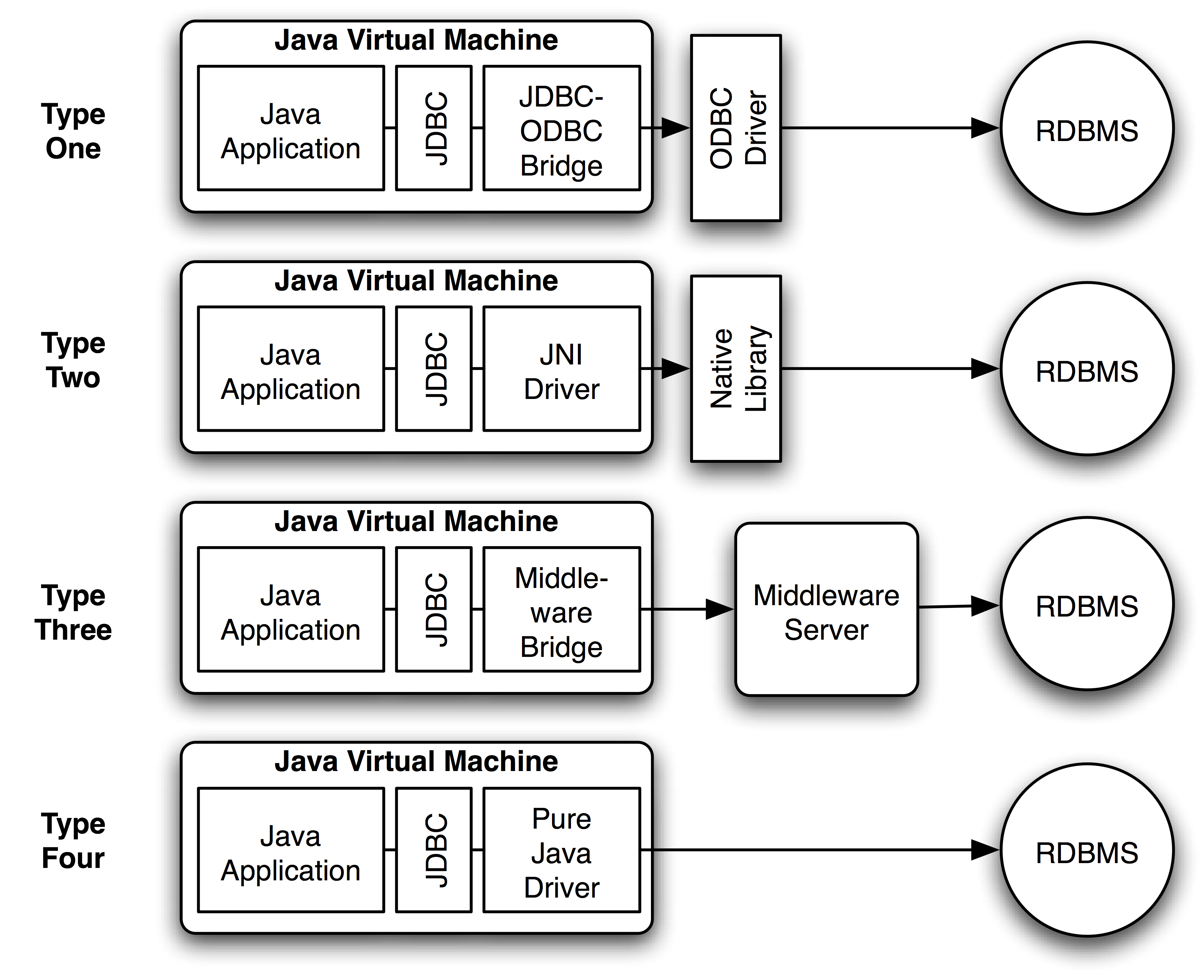Java soap vs rest vs api
Java soap vs rest vs api
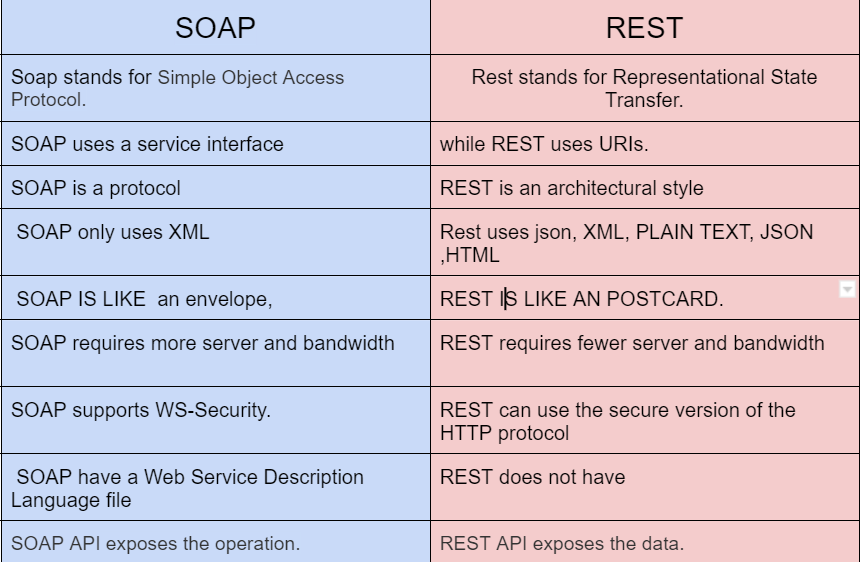
The eternal debate! Let's dive into the world of web services and explore the differences between Java SOAP, REST, and API.

Java SOAP (Simple Object Access Protocol)

SOAP is a protocol for exchanging structured information in the implementation of Web Services. It relies on XML to define the format of the payload and uses other protocols such as HTTP or SMTP for message negotiation. In the context of Java, developers can create SOAP-based web services using Java API for RESTful (JAX-RS) and Apache Axis.
Pros:
Standardization: SOAP is a widely adopted standard, ensuring compatibility across different platforms. Robust error handling: SOAP provides robust error handling capabilities through its fault management mechanism. Security: SOAP supports authentication, digital signatures, and encryption for secure data transmission.Cons:
Complexity: SOAP requires significant development effort to handle complex business logic and multiple levels of nested XML documents. Performance overhead: The use of XML adds a layer of complexity, which can result in slower performance compared to RESTful services.REST (Representational State of Art)
REST is an architectural style for designing networked applications. It's based on the idea that web services should be resources that can be accessed using standard HTTP methods (GET, POST, PUT, DELETE). In Java, developers can create RESTful web services using JAX-RS and Spring Boot.
Pros:
Simple and lightweight: REST is a simple and lightweight architecture that leverages the existing HTTP protocol. Flexible: REST allows for flexibility in terms of data formats (JSON, XML) and query parameters. Easy to implement: REST is relatively easy to implement, especially with Java frameworks like Spring Boot.Cons:
Stateless: RESTful services are stateless, which can lead to complexities when dealing with session management or caching. Error handling limitations: REST provides limited error handling capabilities compared to SOAP.API (Application Programming Interface)
An API is a set of defined rules that enable systems to communicate with each other. In the context of Java, developers can create APIs using various frameworks such as Spring Boot, Jersey, or Apache CXF.
Pros:
Flexibility: APIs offer flexibility in terms of data formats, query parameters, and endpoint design. Scalability: APIs are designed to be scalable, allowing for efficient handling of high traffic volumes. Customizability: APIs can be customized according to specific business requirements.Cons:
Lack of standardization: Unlike SOAP, there is no single standardized API protocol or data format. Security concerns: APIs require careful consideration of security measures, such as authentication and encryption.In conclusion, each approach has its strengths and weaknesses. When choosing between Java SOAP, REST, and API, consider the following factors:
Complexity: If you need to handle complex business logic or robust error handling, SOAP might be a better fit. Performance: If performance is a top priority, REST might be a more suitable choice. Flexibility: If you require flexibility in terms of data formats and query parameters, API could be the way to go.Ultimately, the choice between Java SOAP, REST, and API depends on your specific project requirements, team experience, and personal preferences.
Java soap vs rest vs rest api
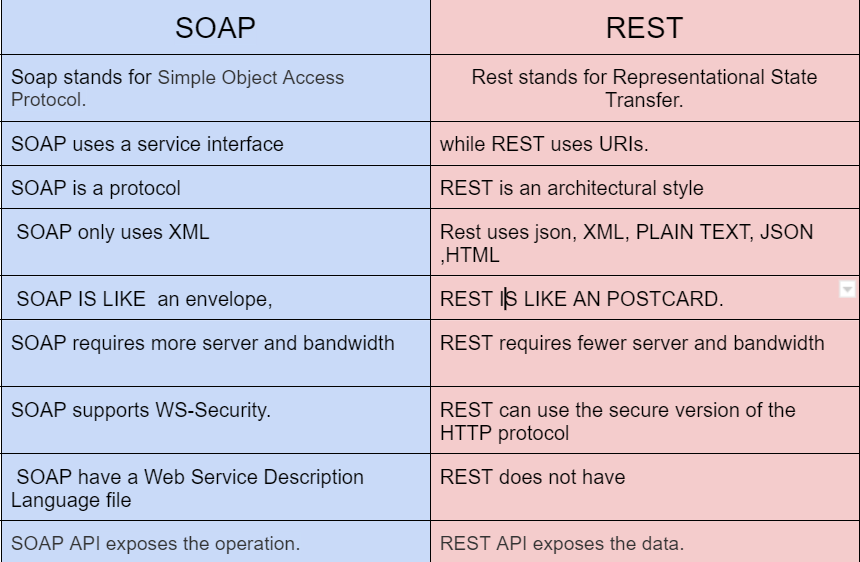
The age-old debate: SOAP, REST, and REST API - what's the difference? In this response, I'll delve into each technology and help you understand their strengths, weaknesses, and use cases.
Java Soap
SOAP (Simple Object Access Protocol) is a protocol for exchanging structured information in the form of XML-based messages. It was introduced to provide a standard way for applications to communicate with each other over the internet. SOAP is based on XML (Extensible Markup Language), specifically designed to convey meaningful information in a standardized manner.
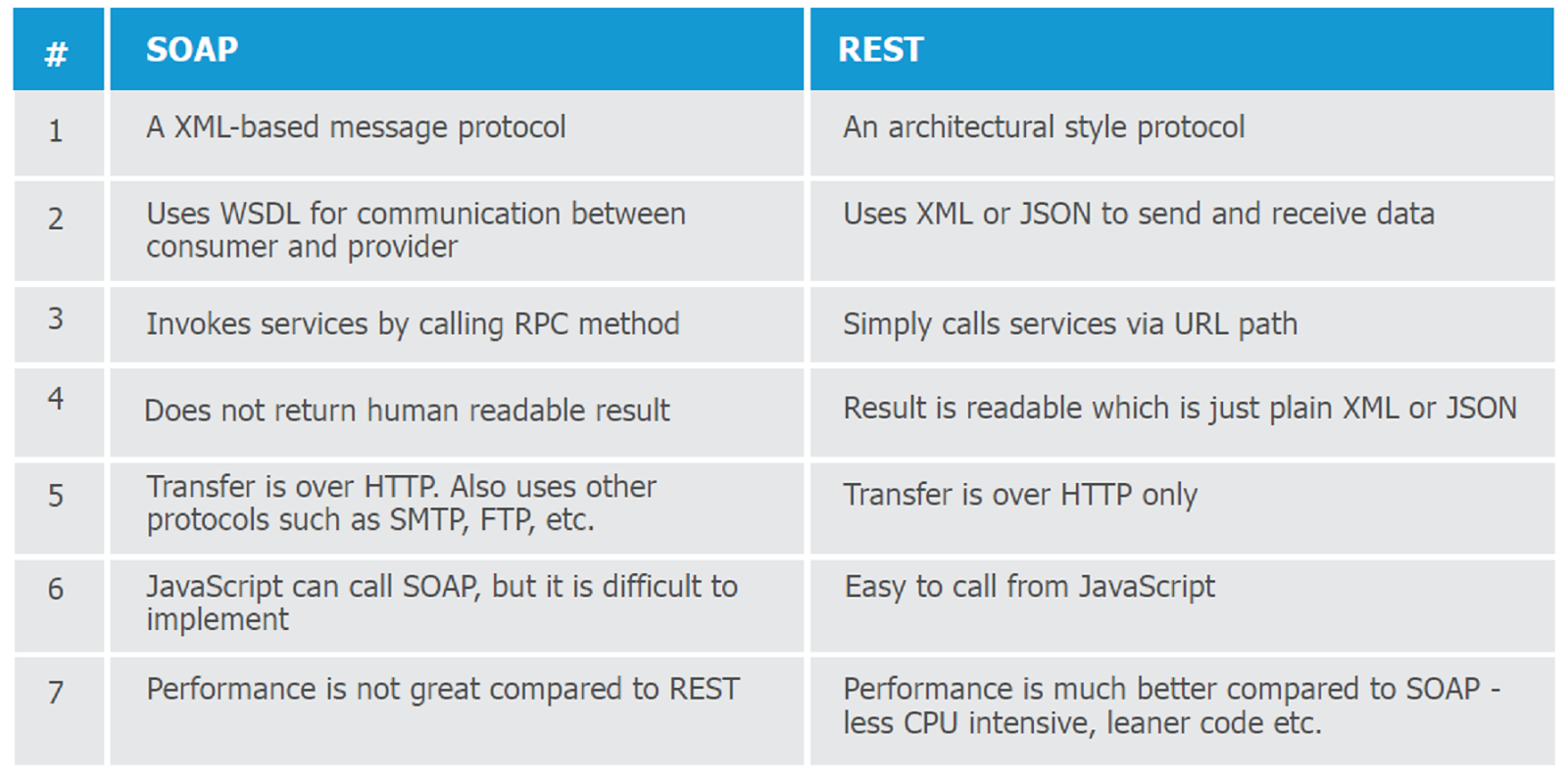
In Java, you can use libraries like Apache Axis or CXF to create and consume SOAP web services. Here's what makes SOAP appealing:

However, SOAP has some drawbacks:
Verbosity: SOAP requires XML-based messages, which can lead to verbose code and increased network traffic. Complexity: SOAP's complex protocol and message structure can make development more challenging.REST
Representational State of Resource (REST) is an architectural style for designing networked applications. It's based on the idea that every resource (e.g., a user, a product) should be addressable by its unique identifier.
In Java, you can use frameworks like Spring Boot or Jersey to create RESTful web services. Here's what makes REST appealing:
Simple and intuitive: REST uses standard HTTP methods (GET, POST, PUT, DELETE) to manipulate resources. Flexible: REST doesn't require a specific message structure or protocol; it simply uses the request method and payload (if applicable). Stateless: Each request contains all the information required to fulfill that request.However, REST has some limitations:
Less robust than SOAP: REST lacks built-in security features and relies on other protocols (e.g., HTTPS) for security. More error-prone: Without strict message structure enforcement, errors might occur more frequently in RESTful APIs.REST API
A REST API is a specific implementation of the REST architectural style. It's designed to handle API requests and responses using HTTP methods and standard JSON or XML formats. Think of it as an umbrella term for any API that adheres to REST principles.
In Java, you can use frameworks like Spring Boot or Jersey to create RESTful APIs. Here's what makes REST API appealing:
Easy integration with other technologies: REST APIs are widely supported by various programming languages, making them a great choice for heterogeneous environments. Scalability: With the right infrastructure, REST APIs can handle high traffic and scaling demands. Fast development: The simplicity of RESTful APIs encourages rapid prototyping and deployment.In conclusion:
Java SOAP is suitable when you need strong security features, platform independence, or language independence. However, its verbosity and complexity might make it less appealing in certain situations. REST is a great choice for simple, stateless interactions where flexibility and scalability are crucial. While it lacks robust security features, other protocols can supplement these needs. A REST API is an umbrella term that encompasses the principles of REST. It's widely supported, scalable, and easy to develop with.In your Java projects, choose the technology that best suits your requirements. Remember that each has its strengths and weaknesses, so weigh the pros and cons carefully before making a decision.
